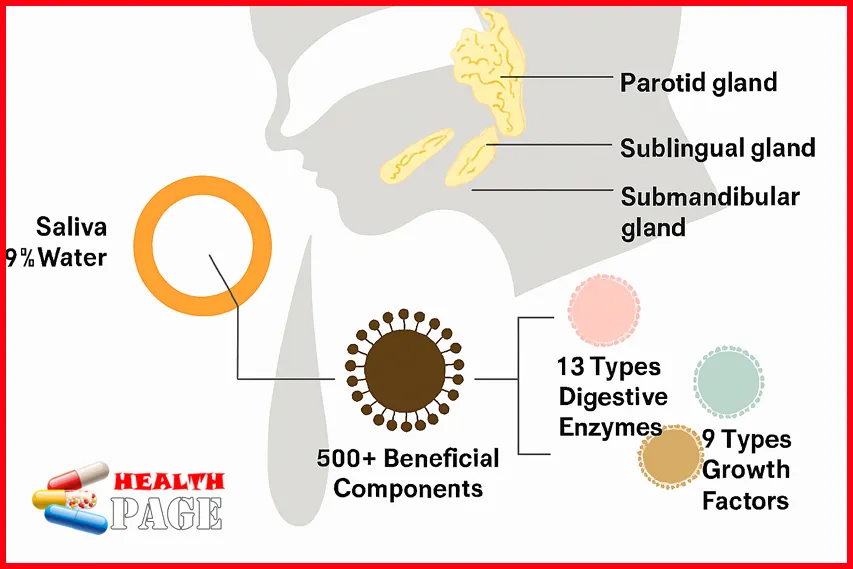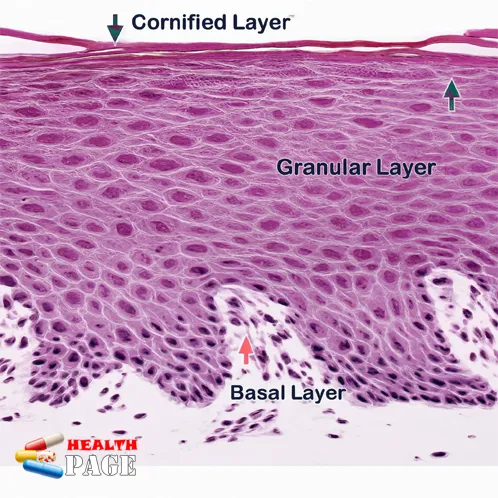What is french kissing, Can French kissing transmit AIDS?
What is french kissing? Do you think that entwining tongues and exchanging saliva is a French kissing ? Romance is the key to a French kiss, and of course a flexible and gentle tongue is also essential. Step 1. Moisten your lips. Smooth and soft lips are ideal for kissing, so before you prepare to kiss her, take a look at your lips. If they are already chapped or rough, please repair them first. Countermeasures: a. Apply lip balm, mint flavor is recommended, which will bring some stimulation and cooling feeling to your kiss. b. Drink water d. Lick your lips French kiss step 2. Slowly move closer
Step 2. Slowly move closer to lock onto her eyes or lips, which will naturally bring you two closer. Similar shots often appear in TV dramas, and of course there will be embarrassing moments where your noses touch noses. Try to avoid them and adjust your kissing posture in time.
Can French kissing transmit AIDS?
I have seen many people who are infected with HIV. Some people are infected through blood transfusion, some through sexual transmission, and some through mother-to-child transmission. But I have never seen a person infected with HIV through kissing.
AIDS
Because the concentration of HIV in saliva is extremely low. It is almost impossible to transmit HIV through kissing. Even if there are ulcers or bleeding gums in the mouth, the amount of virus in saliva is still not enough to cause infection.
According to scientific calculations, the amount of saliva remaining in the mouth after swallowing is about 0.5 to 1 ml. This amount of saliva contains very few HIV viruses, far below the infectious dose.
Ditan Hospital has also confirmed that saliva cannot be regarded as a high-risk body fluid for HIV transmission.
| Type of Body Fluid | HIV Positivity Rate (%) | Number of HIV Particles (per ml) |
|---|---|---|
| Blood | 100% | 1 ~ 5000 particles/ml |
| Semen | 39.3% | 10 ~ 50 particles/ml |
| Vaginal & Cervical Secretions | 31.3% | 8 ~ 10 particles/ml |
| Breast Milk | 20% | <1 particle/ml |
| Urine | 20% | <1 particle/ml |
| Saliva | 5.5% | <1 particle/ml |
| Sweat | 0% | 0 particles/ml |
| Feces-like Fluid | 0% | 0 particles/ml |
Secondly regarding the specific bodily fluid envoirement, Saliva is a colorless, odorless, and nearly neutral hypotonic fluid. It is mainly composed of water, proteins, salivary amylase, lysozyme, inorganic salts, and immunoglobulins. Saliva is extremely detrimental to the growth of viruses and bacteria. When blood is mixed with saliva, the clotting time is shortened depending on the mixing ratio. A blood-to-saliva ratio of 1:2 achieves the shortest clotting time reduction, which helps prevent uncontrolled gum bleeding.

Finally: specific transmission routes. First of all, the oral cavity does not belong to the human internal environment, and the oral cavity is a feeding channel with complex flora that is not easy for viral replication and infection. The oral mucosal epithelium is a stratified squamous epithelium, mainly composed of keratinocytes. From shallow to deep, they are the cornified layer, granular layer, spinous layer, and basal layer.
The cornified layer is located on the surface of the epithelium and is composed of cells arranged closely in a dendrite-like manner. The organelles and cell nuclei disappear, the cytoplasm is filled with keratin, and the intercellular bridges disappear. This keratinization is orthokeratosis, which can prevent the invasion of viruses and bacteria. Dendritic cells, a host cell of HIV virus, are located in the basal layer, which is difficult for the virus to reach. The unique physiological structure also means that the virus cannot be effectively transmitted in the oral cavity

Syphilis
According to the latest research and medical information, the following is about the presence of treponema pallidum in salvia
Presence of Treponema pallidum Although T. pallidum DNA may be detected in saliva, indicating that it may be present in saliva, the levels are usually very low. The detection rate of T. pallidum DNA in saliva of patients with primary syphilis increases with increasing blood RPR titers. When the blood RPR titer is low (0–8), T. pallidum DNA is detected in 53.8% of patients’ plasma, while it is rarely detected in saliva. Secondary syphilis, blood titers ≥ 1:32, and positive plasma T. pallidum DNA are significantly associated with the detection rate of T. pallidum DNA in saliva, suggesting that T. pallidum DNA can be detected in the oral cavity of patients with treponematosis.
Likelihood of Transmission Although T. pallidum DNA may be present in saliva, the risk of syphilis transmission through saliva remains low. This is primarily because the level of T. pallidum in saliva is insufficient for effective transmission.


